In this article we will discuss the most important geometric symbol of the Dyad: the Vesica Piscis.
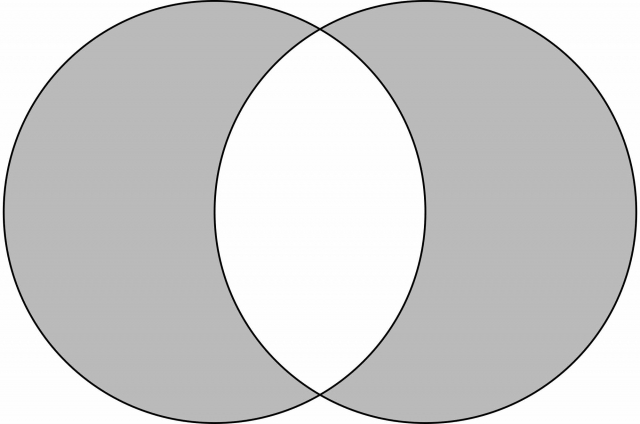
Reference Construction Lesson #7: The Vesica Piscis
The Dyad as Maya or Illusion
“Maya makes unity appear as the world of separate things with name and form.”
It is called illusion because once unity began to individuate itself it appeared to become many.
These ‘many’ are all valid realities or perspectives, but the illusion lies in the fact that they are all still One, still Unity, still interconnected by this infinite creation of holographic unity and infinity. The ‘Many’ are simply reflections of the One from varied and infinite perspectives.
Illusion does not mean physical reality isn’t real. It is very real. The illusion lays in the fact that there is far, far more to reality than meets the eye. There is far more than we can see. The illusion makes us think the small separate perspective is the only ‘real’ perspective.
Therefore, do not get hung up on the word illusion. As Robert Lawlor reminds us, “One must not forget that the world is an illusion only in relation to its source or Creator…for most of the duration of our living and dying and for all of nature’s creatures, we are part of the “grand illusion,” and for us this world is not an illusion but rather our essential reality.”
The ancient Greeks called the Monad the father and the Dyad the mother of all numbers. “The two principles (archetypal gender characteristics) are everywhere and forever inseparable and can only exist through one another as well as hidden within one another, while being, at the same time, oppositional and irreconcilable.” ~ Robert Lawlor
Hindu philosophy states the same thing, using different terms:
“Maya (the two) is the mother of the material universe and she is strange, mysterious, and indescribable. Maya veils the true nature of Brahman (or the One) which is absolute and unconditional, and causes the One to appear as many.”1
Why would this Oneness want to divide itself in the first place?
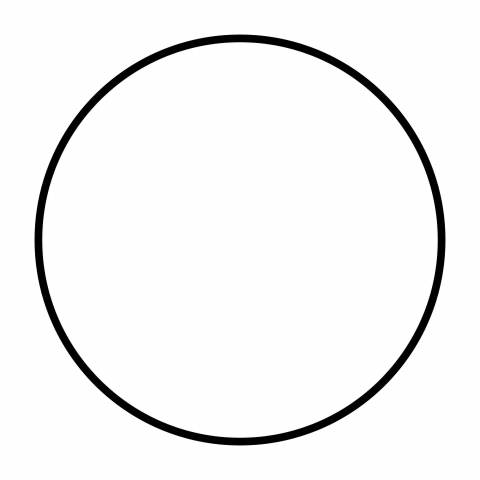
To know itself and to understand its potential.
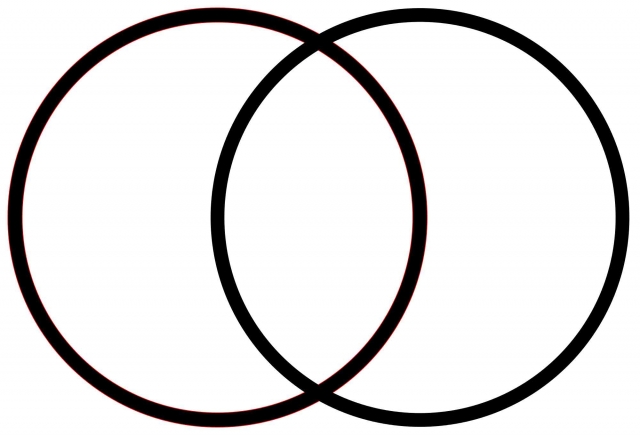
“It was the power of that One’s own yearning-to-be that brought the world into existence.”2
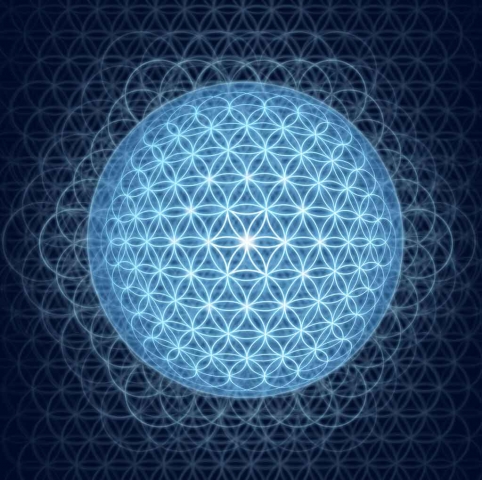
The One Becomes the Many
“Those who use geometric figures to describe the beginning of Creation must attempt to show how an absolute Unity can become multiplicity and diversity. Geometry attempts to recapture the orderly movements from an infinite formlessness to an endless interconnected array of forms, and in recreating this mysterious passage from One to Two, it renders it symbolically visible.”3
Here we have the age old question: How does the one become many? Or how does the illusion of many come from One?
It is formed from unity casting a reflection of itself, rather than dividing itself, as Unity contains all that is.

You cannot take two ‘Ones’ and put them together. One is singular, all inclusive.
Just as a new cell in our body is formed by one cell dividing from within itself rather than two cells coming together, this is how the Dyad is formed from Unity – the Monad.
As Robert Lawlor states, “Unity creates by dividing itself.”
“The circle is the womb and cradle of our symbolic universe. It shows us the characteristics of unity, everywhere the same and containing no differences within it. With a mirror the circle replicates a mate for itself by contemplating itself, reflecting its light, and casting its own shadow.”4

We have the One, a circle, “a vast, unbounded ocean of undifferentiated Consciousness. Then a pulse – Love itself – moves within this infinite field of potential. Rays of love spread outward from this center taking countless different forms as individual waves rise into existence, each refracting the light of Consciousness in their own particular ways and conditioned by various forces. The One becomes the Many, all of which also hold within them the essence of the One.”5
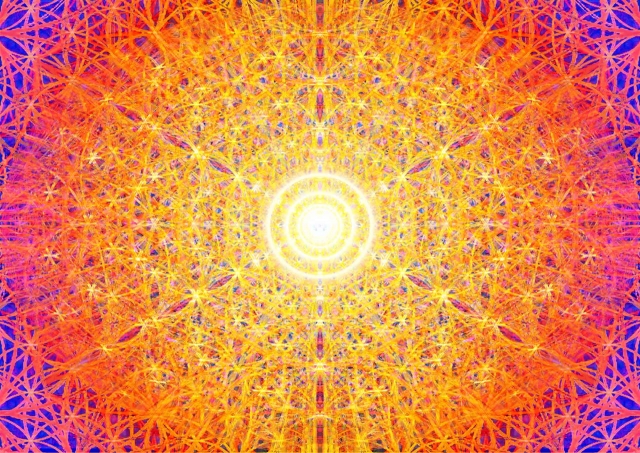
Creating the Vesica & The Birth of the Line
The Monad, Spirit, or Cosmic Consciousness, is Infinity. It is infinite in its potential, yet it lays waiting, unpotentiated.
It first expands equally in all directions to create a sphere (circle) around itself.

Then the circle or sphere casts its own shadow, a reflection of itself.

This is the first movement of Creation.
To do this:
- Create a circle.
- Without changing the size of the compass, place the point anywhere on the circumference.
- Create another circle.
The second center is an emanation of the original circle since it resides on the circumference.
The intersecting circles are linked across their centers. These two circles represent the two realms discussed in Article 19.
The overlapping space is the vesica piscis.

The Vesica Piscis is the harmonizing, balancing, mediating force between the two. It is the birth portal from consciousness to physical reality and it is the doorway from the physical reality back into the metaphysical reality.
The Vesica Piscis (“bladder of the fish”)
As Unity is represented by the circle, Polarity or the Dyad, is represented by the Vesica Piscis.
The Vesica Piscis is formed by two intersecting circles of equal size where the second circle’s center resides on the first circle’s circumference.
It is the area where the two circles intersect and the two centers exactly touch.
The Vesica represents the intersection of “common ground”, “shared vision”, or “mutual understanding” between equal individuals.

The Vesica illustrates one of the most predominant and important of all relationships in sacred geometry.
It is the shape of a human eye and represents the crucible for creation. It is the ‘eye’ itself – the organ that both receives and transmits light. Light, or photons, are the building blocks of all physical matter.

It is the womb of the ‘supernal mother’. (supernal = celestial)
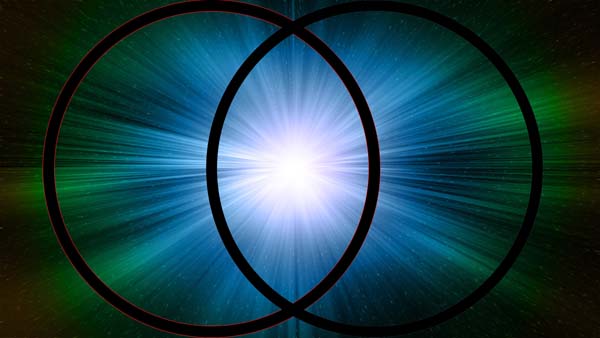
It is the opening where the connection with the transcendental is made possible. (The Third Eye)
It is the form generator in that all the regular polygons arise from the succession of Vesica constructions.
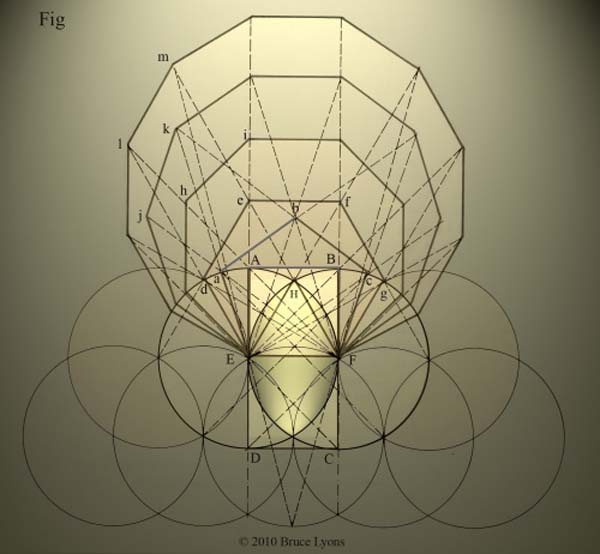
Credit: Bruce Lyons
It is the doorway from which the square roots of 2, 3 and 5 spring forth.
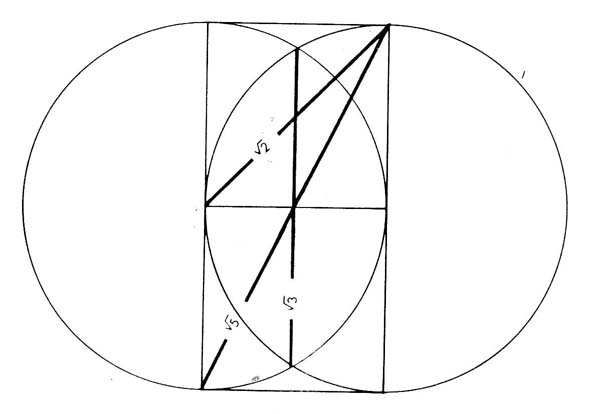
It is the doorway that links the Monad, or the One, with the Many.
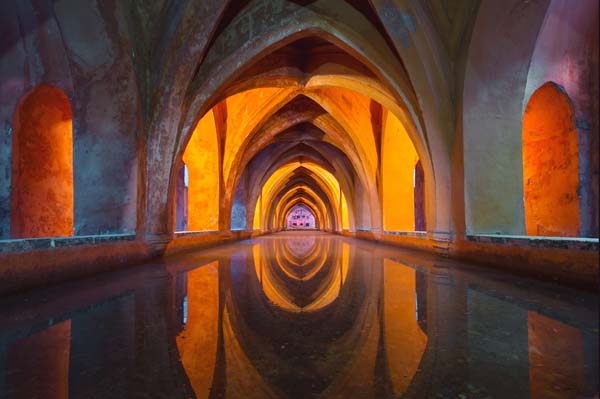
The Vesica Piscis was known in early civilizations of Mesopotamia, Africa, Asia and elsewhere.
The vesica is the fish-shaped area. It is a symbolic reference to the Piscean Age and Christ as a fish.
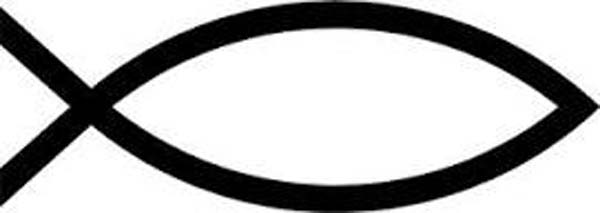
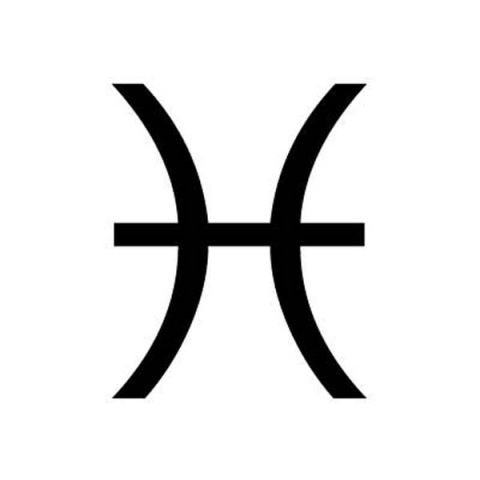
As Robert Lawlor writes, “Christ, as a universal function, is symbolically this region which joins together heaven and earth, above and below, creator and creation.”
Joseph Gwilt says, “The Fish, though living in the salt sea, is not penetrated by saltness.” Related to this is the quote by Marshall McLuhan: “One thing about which fish know exactly nothing is water, since they have no anti-environment which would enable them to perceive the element they live in.” This is symbolic of humanity living in an energetic sea of harmonic-geometric oscillating wave vortices of vital and electromagnetic energy, which can be called the Aether and of which our physical senses are unaware.
John Michell adds, “The fish, being a symbol of the mercurial spirit that mediates between the elemental world above and the material below.”
The Vesica Piscis is also called a “yoni” because of its resemblance to the female vulva. Yoni is Sanskrit for female generative organs. This of course refers to the birth portal function of the Vesica.
“By means of copulation,” writes Robert Lawlor “this mysterious place, and power of the vulva is opened and activated allowing for the passage between the unmanifest and manifestation. It is the place of a magical act connecting the creator with the created – the metaphysical with the physical world, the climax of this union can also engender the deepest sensations of utter joy and delight reflecting that of the original source, as it views a universal play arising from its infinite Consciousness-Being.”

The vesica piscis is also called:
- The “womb of chaos”
- “The womb of the Goddess of the Night”
- “The mouth that speaks the word of creation”
- A “mandorla” – almond in Italian or “Mystic Almond”

The Vesica Piscis as the Third Eye
Another way to view the Vesica Piscis is “as a representation of the intermediate realm which partakes of both the unchanging and the changing principles, the eternal and the ephemeral. Human consciousness thus functions as the mediator, balancing the two complimentary poles of consciousness.”6
It is the portal through which we must cross, a passageway through this apparent polarity.
“The almond shape, called the Vesica Piscis, is derived from the Egyptian hieroglyph called Ru, which symbolized the birth-portal and also the Third Eye, or brow chakra.”7
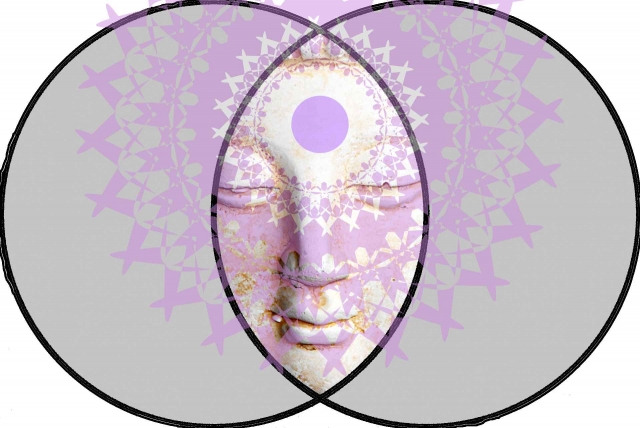
The Third Eye is that which sees the spirit worlds coming through into the material world – it brings that which exists in the unseen metaphysical realm into the seen physical realm.
In this way the Vesica can be seen not only as the doorway in which life springs forth from the metaphysical to the physical, but it is also the doorway back inwards – the doorway or passage for our consciousness to enter and experience the metaphysical reality of our Infinite natures. The passageway to this experience occurs within the Third Eye, or 6th chakra after each of the lower chakras are opened and balanced appropriately.
Rachel Fletcher writes, “The Vesica Piscis signifies the mediation of two distinct entities; the complementariness of polar opposites, as when two extremes complete and depend upon one another to exist. One circle may signify the breath of spirit, which is eternal; the other may signify the body physical, which is forever changing and adapting. The Vesica Piscis itself symbolizes that which mediates spirit; or the psyche or soul.”
Keith Critchlow adds, “The two overlapping circles…ascribe universal consciousness (the realm of archetypes) to the first circle, and empirical consciousness to the second circle (that which ‘sorts out and judges the results of the five kinds of sense consciousness’) and finally manas to the area of overlap. Manas is described as the balancing consciousness that ‘either binds us to the world of the senses or which liberates us from it.”
The Vesica “was to the old builders an archetype of ideal beauty”.
As William Sterling said in 1897, “In Heraldry the Vesica was used as the feminine shield…and was also figured as a lozenge or rhombus. In the East the Vesica was used a symbol of the womb, and was joined to the cross by the Egyptians forming the handle of the Crux ansata.”
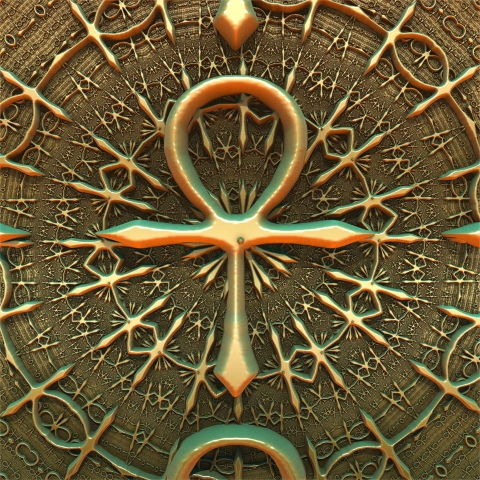
The Vesica Piscis in Art & Architecture
The Vesica is seen abundantly in religious architecture and art.
“In many examples of Christian art, Jesus Christ is proceeding from [the Vesica Piscis symbol], representing his birth from the Goddess.
The fish was also important as an astrological symbol of the coming age. Jesus was the savior linking the old age of Aries with the new age of Pisces; an astrological truth explored in later esoteric or mystical traditions.”1
Below are several examples of medieval Christain art featuring Christ in a Vesica.
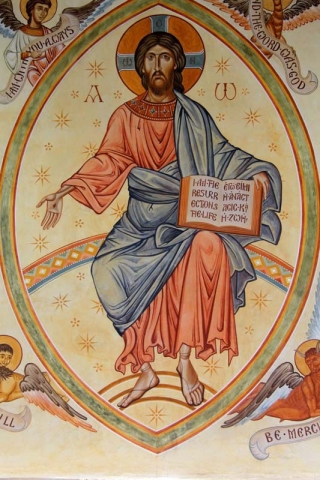
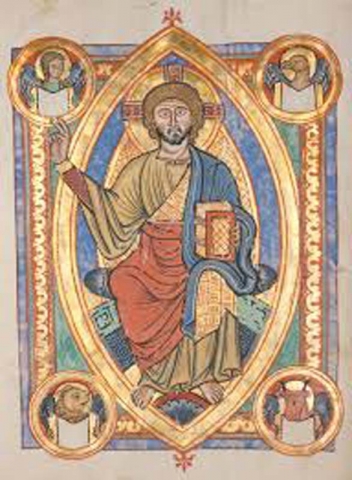
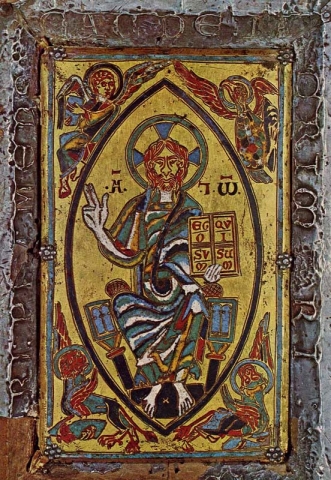
Christ in Glory, Shrewsbury, England, 1380; Christ in Majesty, Gospel Book, 1220; Christ in Vesica, 1200
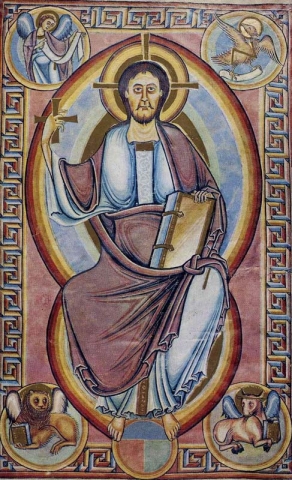
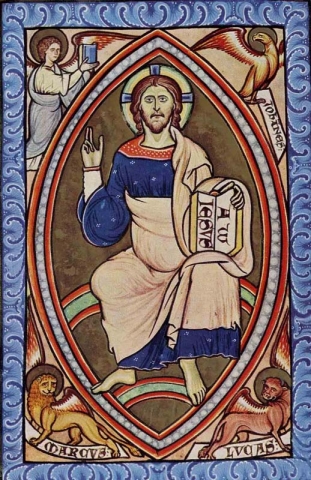
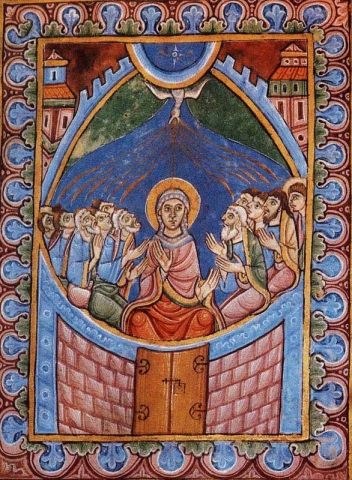
Christ in Majesty, Stavelot Bible, 1097; Christ in Majesty, Psalter of Westminster Abbey, 1200; St-Alban-Psalter, 12th century
Here is a Vesica mandala by Hildegard von Bingen (1098-1179):
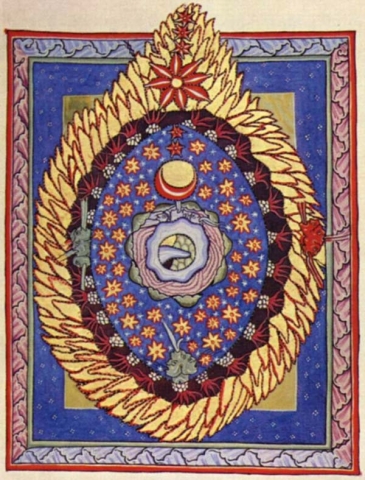
Here is The Baptism of Christ by Piero della Francesa created from 1440-1450, with a partial geometric analysis. Christ’s upper body falls within the Vesica.
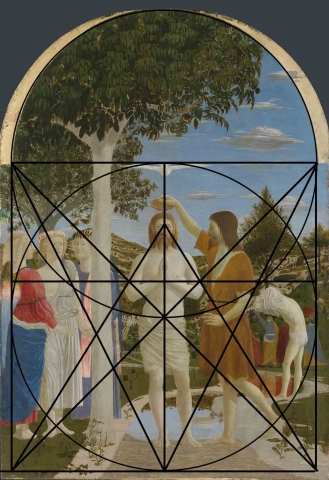
Below are two examples of Islamic Vesica art:
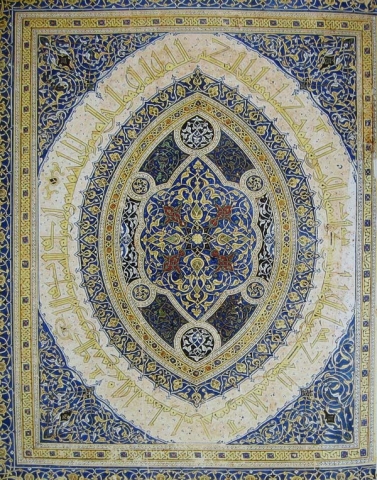
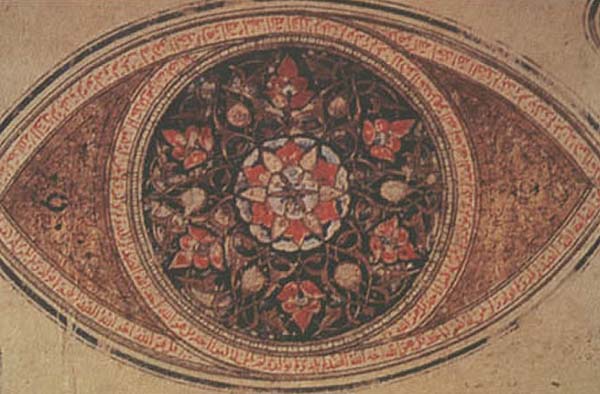
From Ghazali’s The Alchemy of Happiness, 1308 ‘Eye of wisdom’ from a 15th century Islamic manuscript.
The Vesica is the dominant geometric figure for the Piscean Age and the major thematic source for the western temples of this age. This is seen many times over in the Gothic cathedral doorways and Moslem arches.
The Vesica is seen on the West facade of Chartres Cathedral in France (seen below).
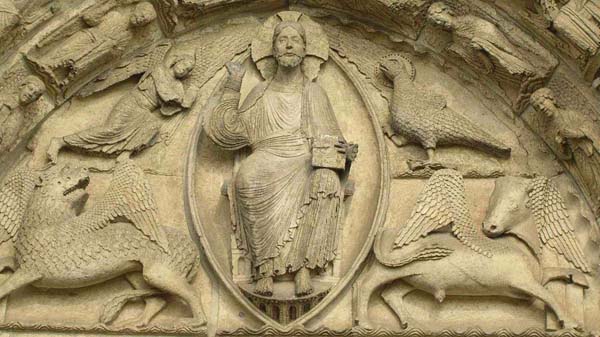
Christ in the Vesica, Chartres Cathedral
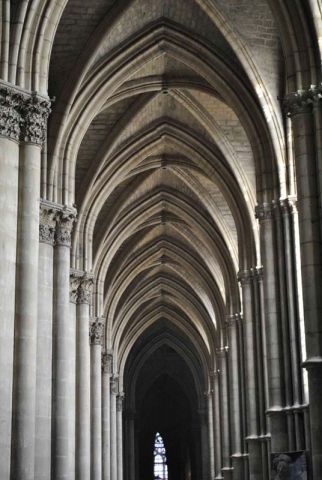
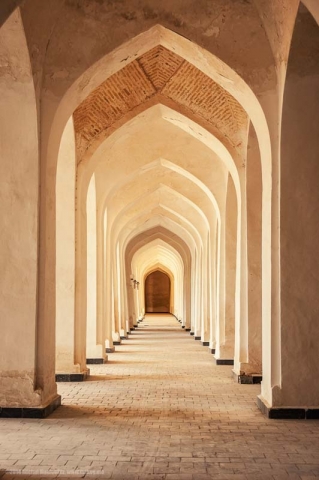
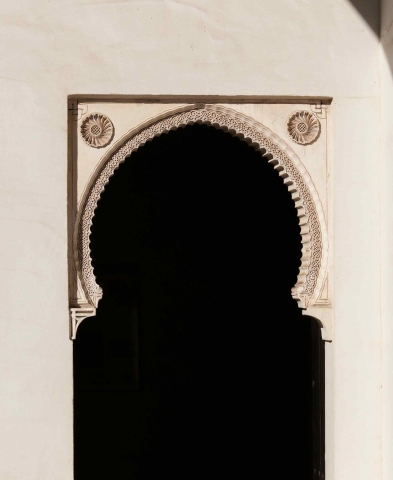
Reims Cathedral, Christian arches; Islamic arches
Here is the Great Door of Amiens Cathedral in Amiens, France built off the Vesica:
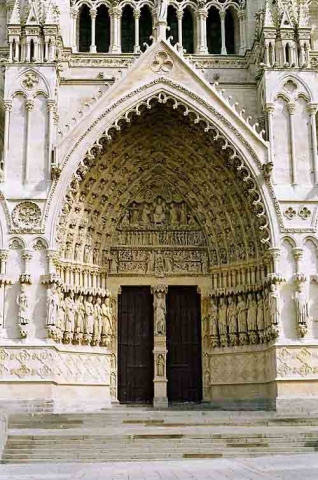
Michael Schneider writes, “Through these doors, symbols of spiritual passage, we leave the street of the Many and enter the domain of the One.”
The West facade of the Cathedral of Notre Dame in Paris was designed as a circle descending from heaven above which intersects a circle rising from earth below.
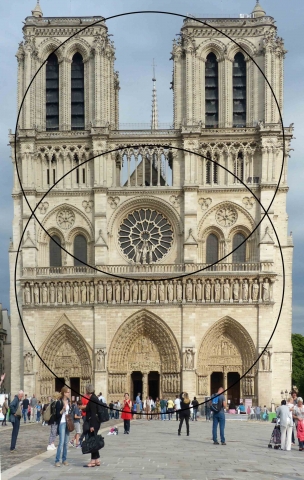
Hindu temples were traditionally designed using geometry originating with the Vesica Piscis. The temples represent a portal between earth and the heavens, our mundane and spiritual identities. Below is the floor plan of Angkor Wat in Cambodia. The center of the Vesica is the center of the temple.
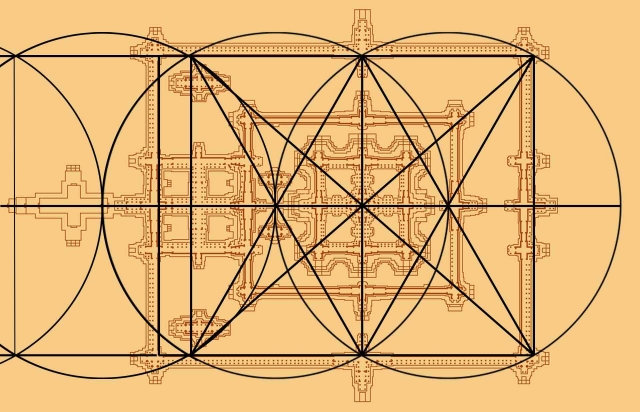
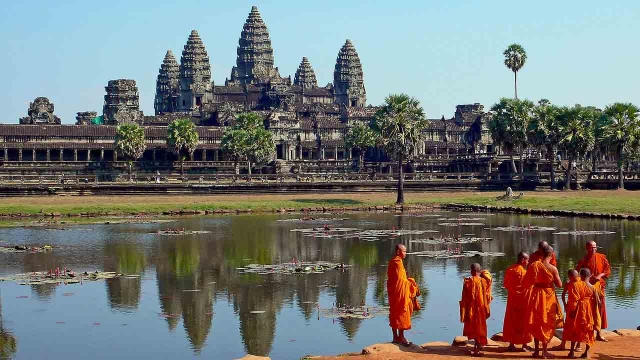
Angkor Wat at Angkor, Cambodia, built by King Suryavarman II in the early 12th century
The Vesica within a Vesica is also seen to determine the slope angles of the Great Pyramid of Giza (51º 51″):
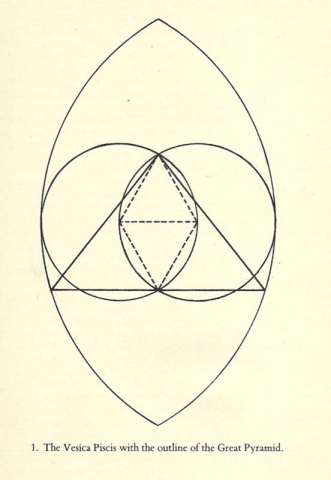
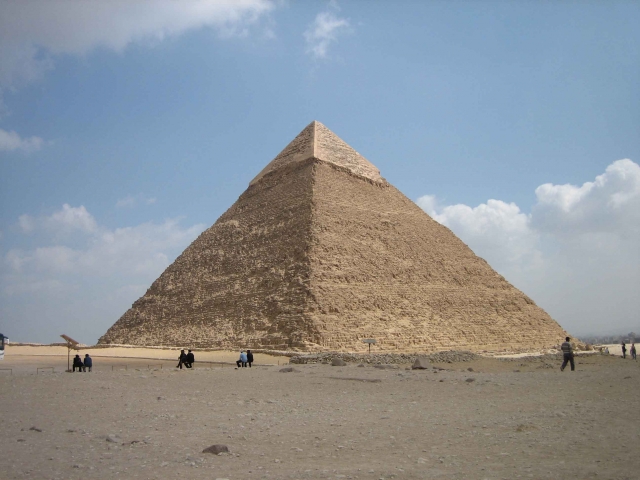
The Vesica was also used as foundational geometry for the design of certain pectoral jewelry of the Egyptian pharaoh Tut-Ankh-Amon.
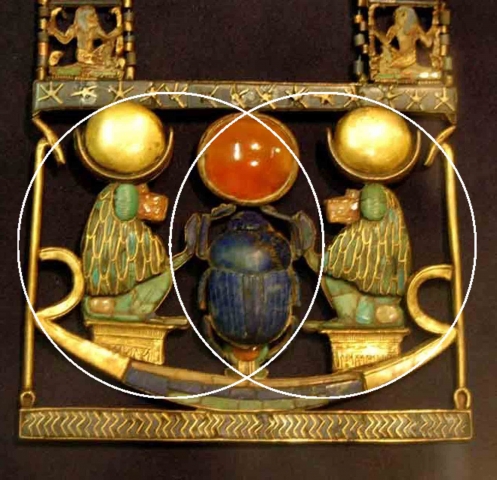
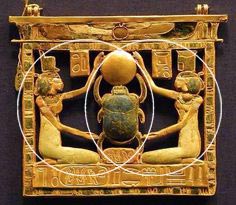
It is also featured in the British Royal Seal. Notice how the British Royal seal is strikingly similar in design to the pectoral of Tut-Ank-Amon seen above on the left. 
The Vesica also features prominently in many corporate logos such as MasterCard, CBS, TWA, Chanel, Gucci and Adidas (bottom right).




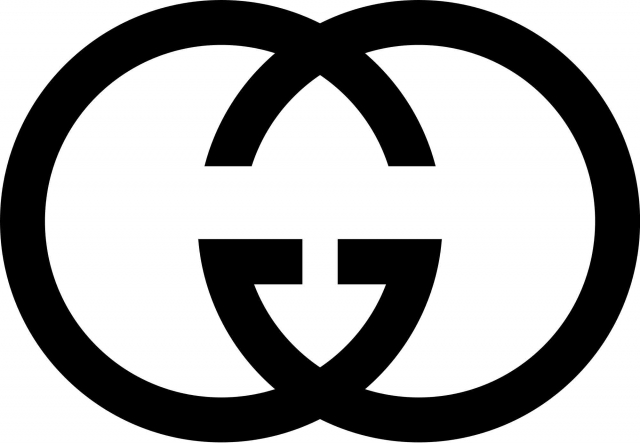

This subtle use of the Vesica in marketing has a profound imprinting ability on our psyches and creates a brand that is highly recognizable on the conscious level and deeply intriguing on the subconscious level. As with everything, this use of the Vesica in marketing can be used for the positive or the negative.
Marketing = Programming. It is wise to know the source and intention of all programming in order to decide whether to let that programming into your mind or to keep it out. The choice is yours. Be aware.
The Birth of the Line
Draw a line from center to center – this is called the ‘line of centers’.
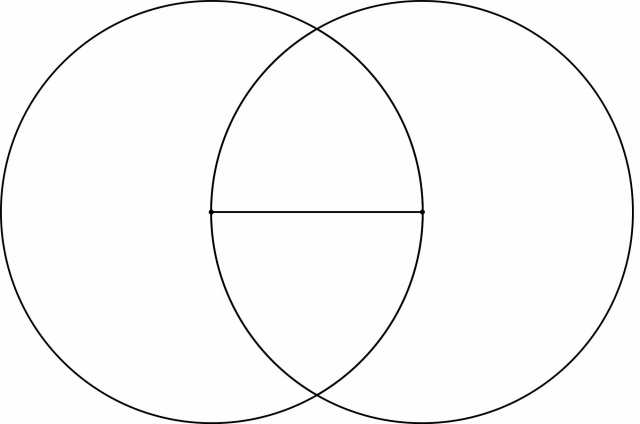
The line represents action, movement of consciousness, the power to make a choice, and direction of will power. The line represents potential coming into being.
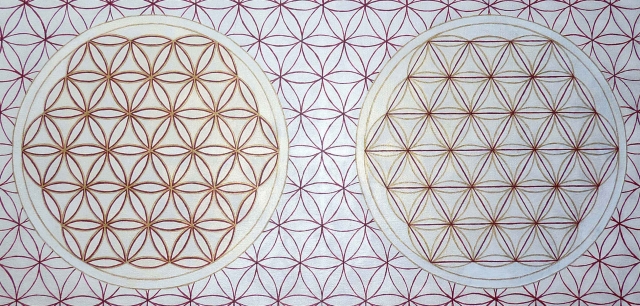
We will discuss the line in greater detail in the next article.
The Vesica Piscis and the Square Root of 3
The length to width ratio of the Vesica is expressed as √3 : 1
The square root of 3 (√3) is approximately 1.732…
It is one of the transcendental numbers such as phi and the square roots of 2 and 5.
In other words, if the width of the Vesica from center to center equals 1 then the height equals the square root of 3.
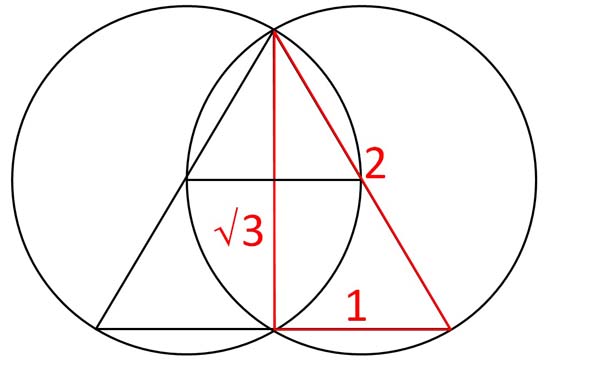
Frater Achad writes, “The curious and marvelous properties of the Vesica Piscis and of the Rectangle formed on its length and breadth, have been subjects of profound speculation.”
The Vesica and the √3 Rectangle
As we have seen, the height to width ratio of the Vesica is √3:1.
√3:1 exemplifies the property of self-reproducibility called Dynamic Symmetry.
When you put an X and Y axis (seen in red) through the center of the √3rectangle you subdivide it into 4 smaller √3 rectangles. This division can continue inwards or outwards always producing more √3 rectangles.
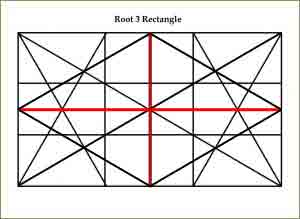
Each of the nine smaller rectangles are also root 3 rectangles:
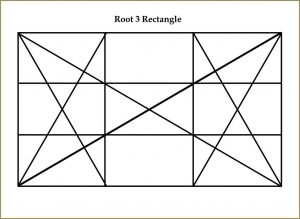
Here they are seen with a square root3 spiral:
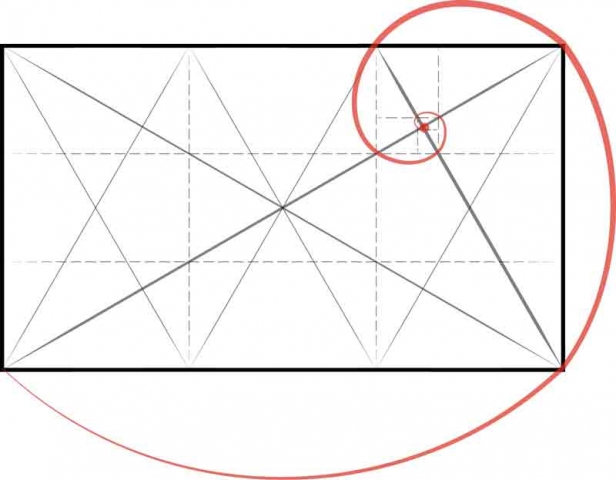
The equilateral triangle formed in the Vesica Piscis also has a height of √3.
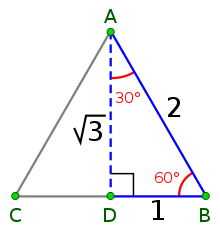
The height of the hexagon is also √3, as they are all related. The red line below measures √3 if the side length = 1.
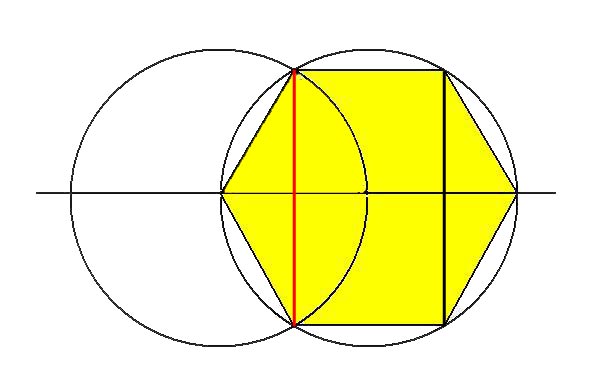
In the image on the right FB and EC are equal to √3. This creates a square root 3 rectangle within the hexagon.
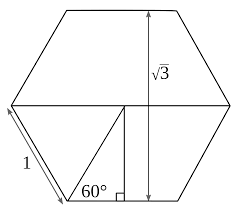
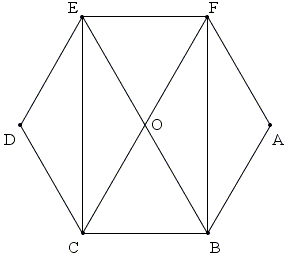
From Point to Line to Plane:
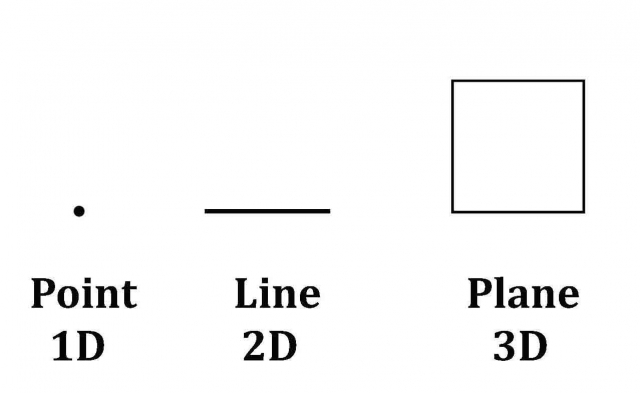
The Vesica Piscis as the ‘Form Generator’ & the Nine Interlocking Circles
The Vesica Piscis is the ‘form generator’ in that all the regular polygons arise from the succession of Vesica constructions.
This means that the regular triangle, square, pentagon, hexagon, octagon, nonagon, decagon, and dodecagon automatically spring forth from the Vesica. That is, all except the heptagon – 7.
The first shape to emerge is the equilateral triangle.
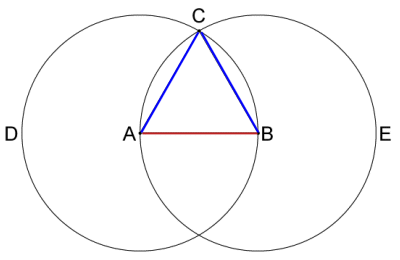
Then the square.
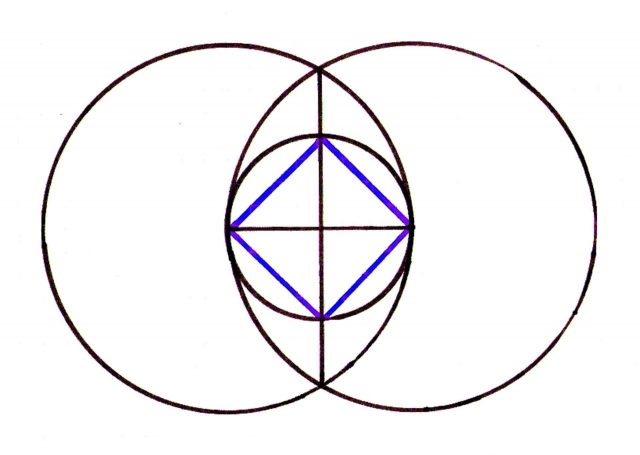
Here the equilateral triangle, square and hexagon can be seen.
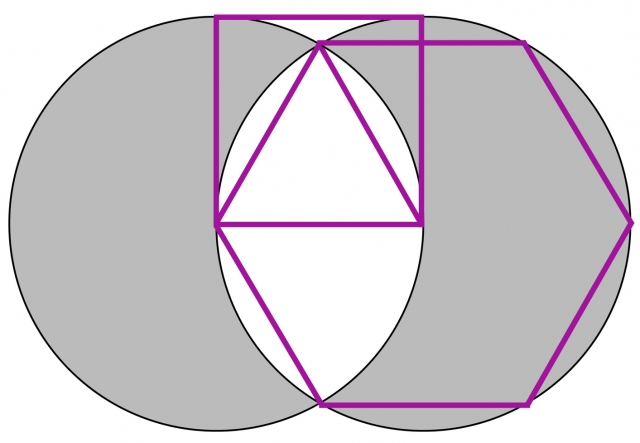
Then the succession of the remaining polygons. They each arise out of the original scission of unity.

Credit: Bruce Lyons, 2010
As unity, the circle, self-divides, its center becomes the duality of points E and F seen above.
The line EF unfolds into the equilateral triangle.
Lawlor states, “All things being dual by nature are three by principle.”
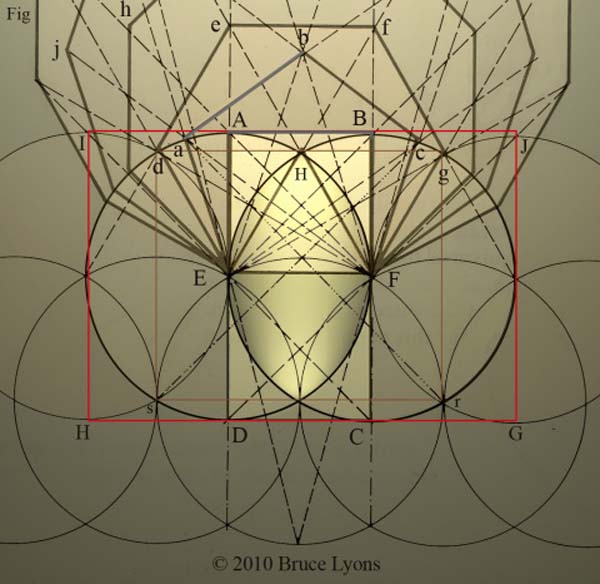
Credit: Bruce Lyons, 2010
The equilateral triangle unfolds outwards to:
- define the sides of the square (4)
- the pentagon (5)
- the hexagon (6)
- the octagon (8)
- the decagon (10)
- the dodecagon (12)
The Vesica represents the Womb and the Seed.
From its germination arises the 7 circles (the root) and the polygons (the germ, giving rise to branches).
As Lawlor states, “The three contained within the Vesica Piscis is the formative power giving rise to the polygonal ‘world’.”
The Vesica, 5 and 6 – Union of the Hexagon and Pentagon
Reference Construction Lesson #9: Constructing the Linked Pentagon and Hexagon via the Vesica.
This geometric construction was originally published by Albrecht Durer in Course in the Art of Measurement with Compass and Ruler in 1525.
It was republished in Charles Bouleau’s The Painters Secret Geometry & John Michell’s The City of Revelation.
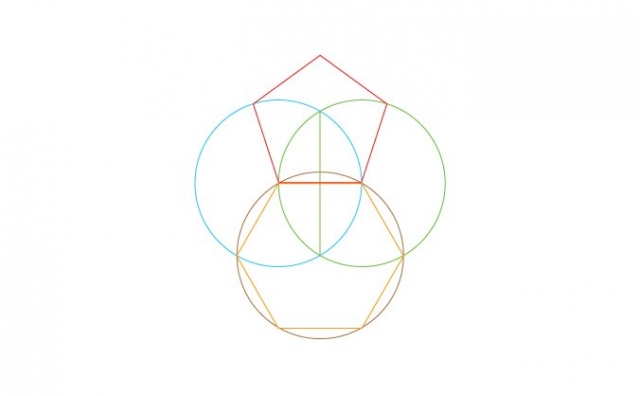
This union of the hexagon and pentagon springing forth from the Vesica symbolizes the emergence of the Universe (6) and Life (5) from the cosmic womb of creation.
As John Michell states, “The reconciliation of six and five and many of the other objects of sacred geometry may be achieved by means of the figure known as the Vesica Piscis.”
Randall Carlson adds, “The reconciliation of six and five refers to the potential to develop, from the Vesica as a starting point, polygons of six and five sides, as well as many of the other polygons, with all their symbolic connotations and unique properties.”
The hexagon is easier to draw and precedes the pentagon.
This represents how the cosmos had to exist before humankind could emerge from the combination of matter and energy generated through the evolution of the universe.
According to John Michell, the pentagon and hexagon combined also symbolizes “the purpose of a true scholar, to relate his own interests to those of the world at large…As a symbol of reconciliation between different orders in nature, its presence here prepares the student of life’s mysteries for the contradictions and paradoxes he/she will encounter and provides the geometric model to contain them.”
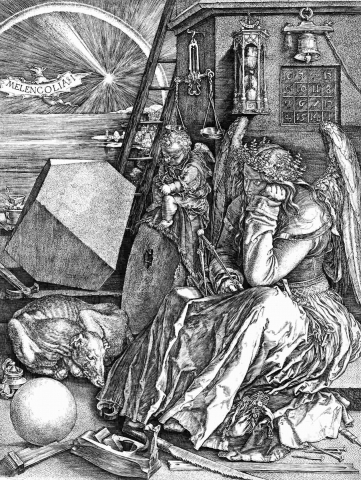
Melancholia I, Albrecht Durer, 1514
- Gannon, Sharon and Life, David, Jivamukti Yoga: Practices for Liberating Body and Soul, Ballantine Books, 2002
- Mahony, William, Exquisite Love, Sarvabhava Press, 2014
- Lawlor, Robert, Sacred Geometry: Philosophy & Practive, Thames & Hudson, 1982
- Schneider, Michael, A Beginner’s Guide to Constructing the Universe, Harper Perennial, 1994
- Mahony, William, Exquisite Love, Sarvabhava Press, 2014
- Lawlor, Robert, Sacred Geometry: Philosophy & Practive, Thames & Hudson, 1982
- Booth, Mark, The Secret History of the World,Overlook Press, 2010
Recent Comments